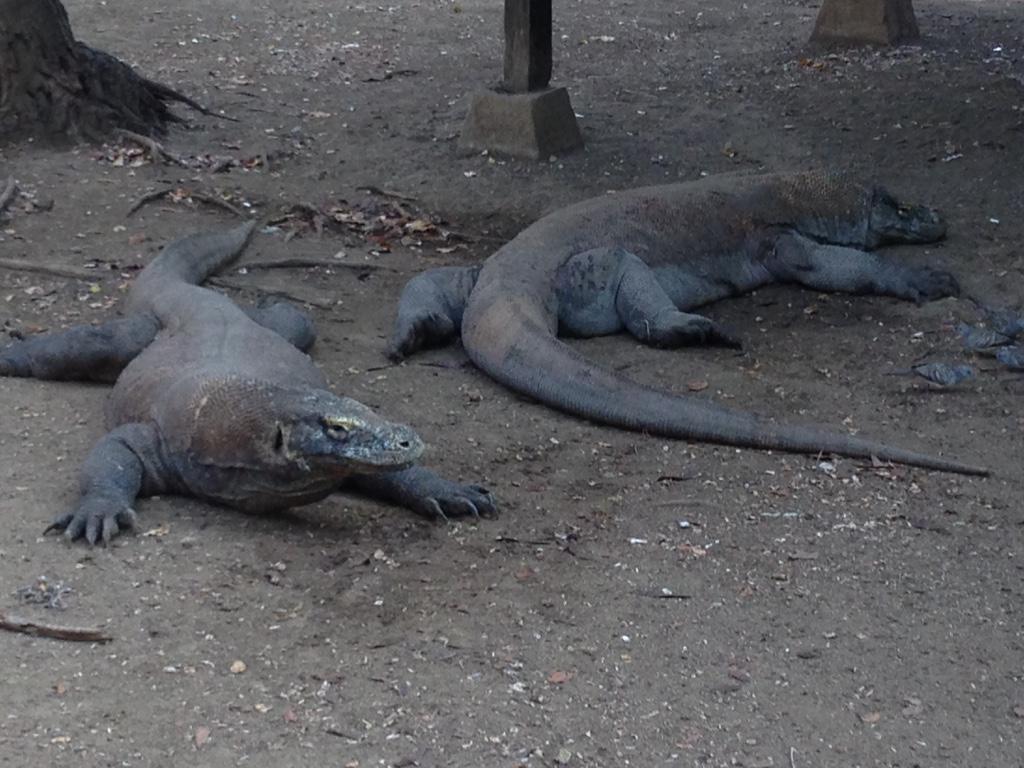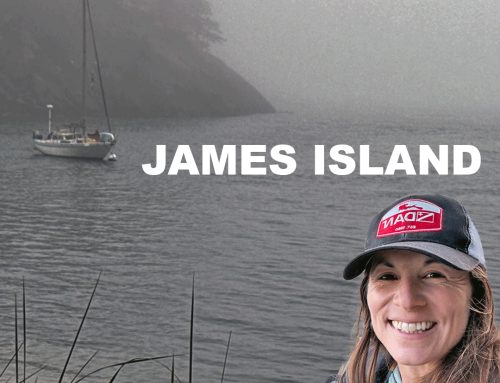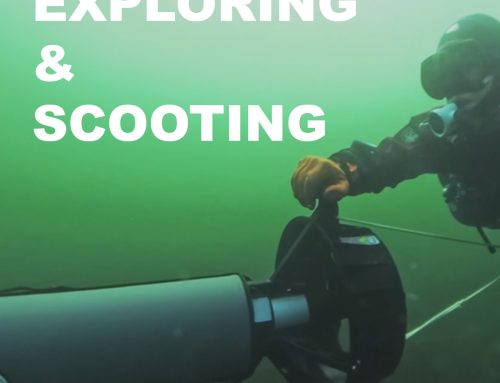Who of you has ever heard of the largest lizard in the world? Who has not seen a documentary about these reptiles? From here I introduce you to the Komodo Dragon, the king of the Komodo National Park.
The Komodo dragon (Varanus Komodoensis) is the main protagonist of most visits to the Komodo National Park. This reptile is endemic and indigenous to this central area of Indonesia. Currently, we can only find it on the islands of Komodo, Rinca, Padar and only a few on Flores Island.
You’ve Never Seen a Lizard this Big…
The dragon is the largest lizard in the world and can reach an average length of two to three meters and weigh about 70 kg (the largest known wild specimen was 3.13 m and weighed 166 kg). Males and females do not have marked morphological differences. When they are young their color is greener with yellow and black areas, while adults have a darker color from brown to reddish-gray.
They usually live in open areas, in meadows and shrubs, although they can also be seen on beaches and dry riverbeds. They are ectothermic animals so they tend to be more active during the day than during the night.
The adults are solitary and only meet to mate or eat. The young live in the trees until almost a year of life, thus avoiding their violent older brothers! The reproductive phase is between July-August and the laying of the eggs is in September (about 20 eggs per female). After 7-8 months of incubation, a new generation will be born.
The Komodo Dragon is a Vulture of the Land
The dragons feed mainly on carrion (dead meaty things), although they are capable of making ambushes to hunt other prey. Their sense of smell is particularly acute, being able to locate corpses more than nine kilometers away. Within its diet, we can find other reptiles (they are cannibals too), birds, rodents, snakes, fish, goats, deer, wild boar, and even water buffalo. The young specimens eat insects, eggs, geckos, and small mammals.
But They Have Many Skills for Taking Down Living Prey
There are different theories to explain how these reptiles hunt. Several studies found that an unusual amount of bacteria responsible for the virulence of their bites grows in their mouths. Some years later another study showed that lizards have a poison in their mouth capable of causing inflammation, interruption of blood coagulation, intense pain, low blood pressure, muscle paralysis and hypothermia which leads to loss of blood and as result, the victim pass out.
Although they are very rare there have been attacks by dragons to humans, but always the reason has been lack of attention of the person rather than the dragons have attacked voluntarily humans.
During your stay in Flores, the visit to the national park is mandatory, both to enjoy what its waters offer and to walk around Rinca Island to visit the King of the Park.

During your visit to Rinca, a ranger in the park will tell you everything you want to know about the dragons, visit the nests, walk through the woods and climb up a small hill that will offer you magnificent views of the park. The walk will last an hour and is suitable for anyone and any level of fitness.
These Carnivores Need Help
The conservation of the dragons and their habitat depends solely on us and how we manage the current resources. In spite of the nature reserves, the inhabitants of Flores burn lands to transform them into orchards and pastures, thus fragmenting the habitat of the reptiles. In addition, the wild dogs on these islands are in direct competition for the deer and boar, which are also part of the regular dragon diet. Thus, the dragons of Flores are besieged: by the villagers, the pastures, the rice fields, the sea, and the dogs. That means less territory and less prey. In the long term, it will also mean the decline of the species.
If climate change modifies its environment, dragons are not prepared to adapt to the new conditions.
To know and understand these Komodo dragons a bit better, come visit us and take a trip to Komodo National Park!!!
We wait for you.
Greetings and Buen Azul to everyone!!!
Sergio Palazuelos Leon
PADI MSDT
Azul Unlimited
We teach responsible scuba divers and ocean protectors. The brand is run by PADI IDC Staff Instructor Sarah Valdez who teaches scuba diving in person and on YouTube. Now she travels around the states and Mexico in her van scuba diving in new and different places. Follow her adventures on YouTube, Instagram, Facebook, and TikTok or join the Azul scuba community on Patreon.
Azul Unlimited is partnered with Azul Komodo, a top PADI IDC Center in Labuan Bajo, Indonesia offering daily dive trips to the Komodo National Park. Contact their team directly for an unforgettable experience diving in one of the top dive destinations in the world!









